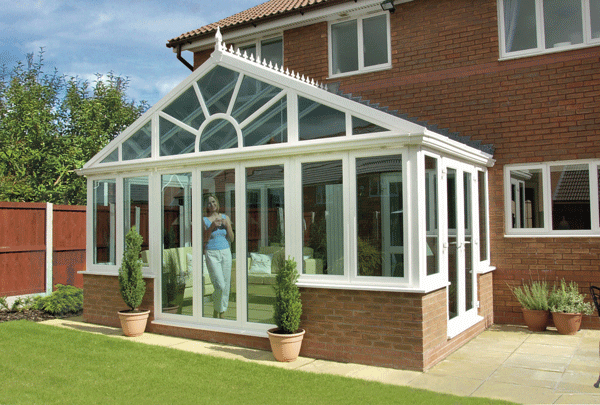Do-it-yourself designs have become increasingly popular in past years as more people look to increase the aesthetic or practical or monetary value of their homes without spending a large amount of money on labor. Those interested in self build conservatories have the opportunity to construct several different types of exterior fixtures depending on the design of their house or the practical usage of a conservatory.
Many people are unaware how simple it is to build and maintain, believing that it is necessary to hire plumbers or electricians for the job. The reality is that a conservatory requires no specialist, unless you specifically want to install electrical or water features, and can be completed in the span of a week or even a few days. Before you start any plans for a conservatory or purchase any parts, consider what design will work best for your property.
Many persons choose to install a conservatory on the rear exterior of their home in order to create a small living space that has natural lighting and temperature control. If the rear of your house gets too little sunlight (or too much), it may be less comfortable than you would hope for. Some designs are meant to complement a garden or shrubbery, so that a bleak back yard will not mesh well with a quality space.Designs for Edwardian self build conservatories have the most floor space, making it a traditional but practical model.
These fixtures have as much glass as possible from roof to floor, with only a dwarf wall to raise it if necessary. These are quite easy to instal, given that each window panel is factory-constructed and no additional screws or drilling will be required. With warranties from manufacturers of up to ten years, furthermore, you can be sure that it will withstand the elements or your money back.
The Victorian conservatory design has a quintessential English style, with segments that rise from the floor to join together in a central circular roof. This can fit nearly any house or bungalow style. The circular roof allows for a central object to get attention, whether it is a dining table or a house plant. These typically come in either three or five facets, should you prefer more or fewer angles to the living area.
These conservatories are rarely sheer glass and usually have dwarf walls rising from the ground to provide protection from weather and animals.








